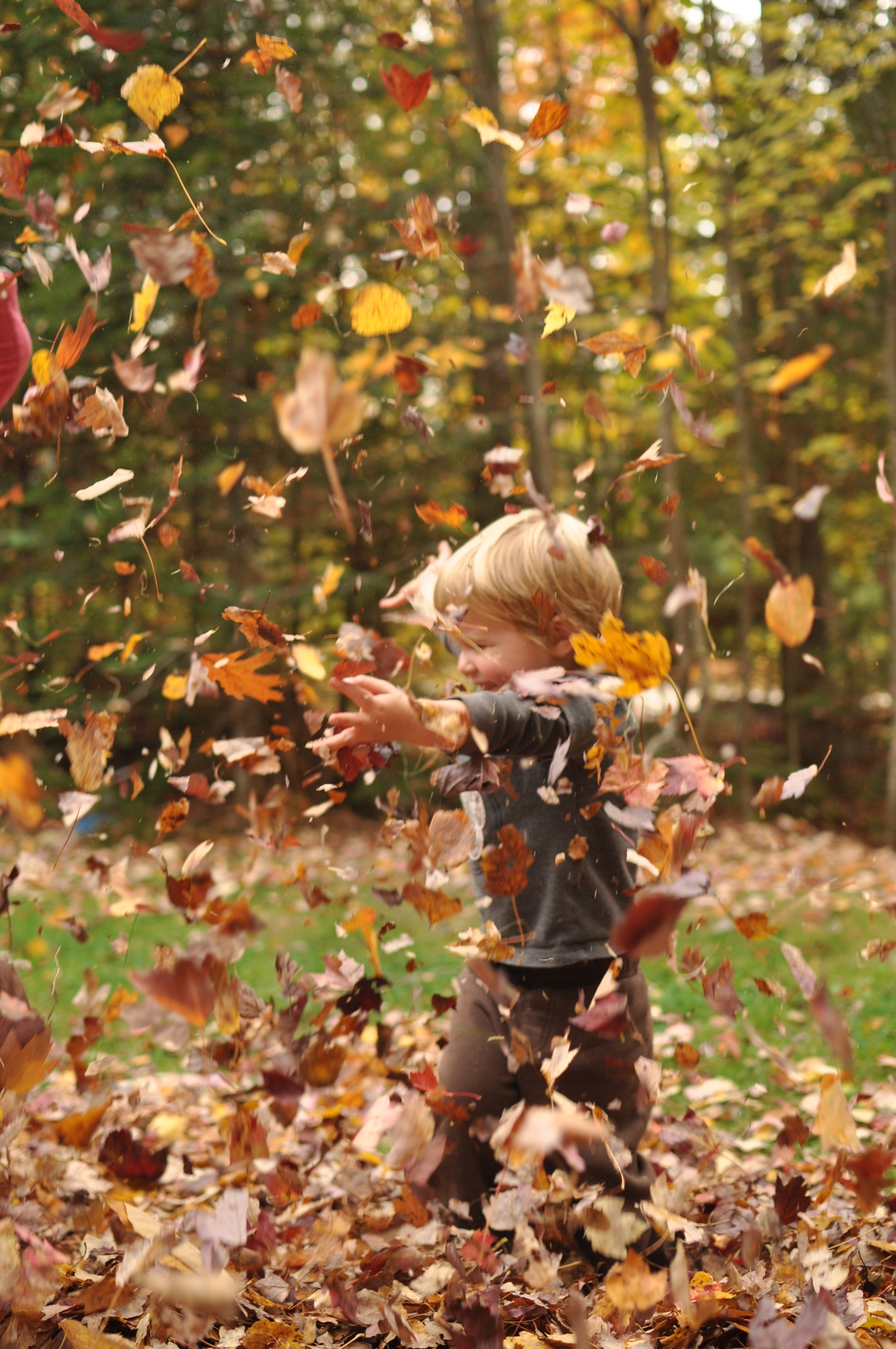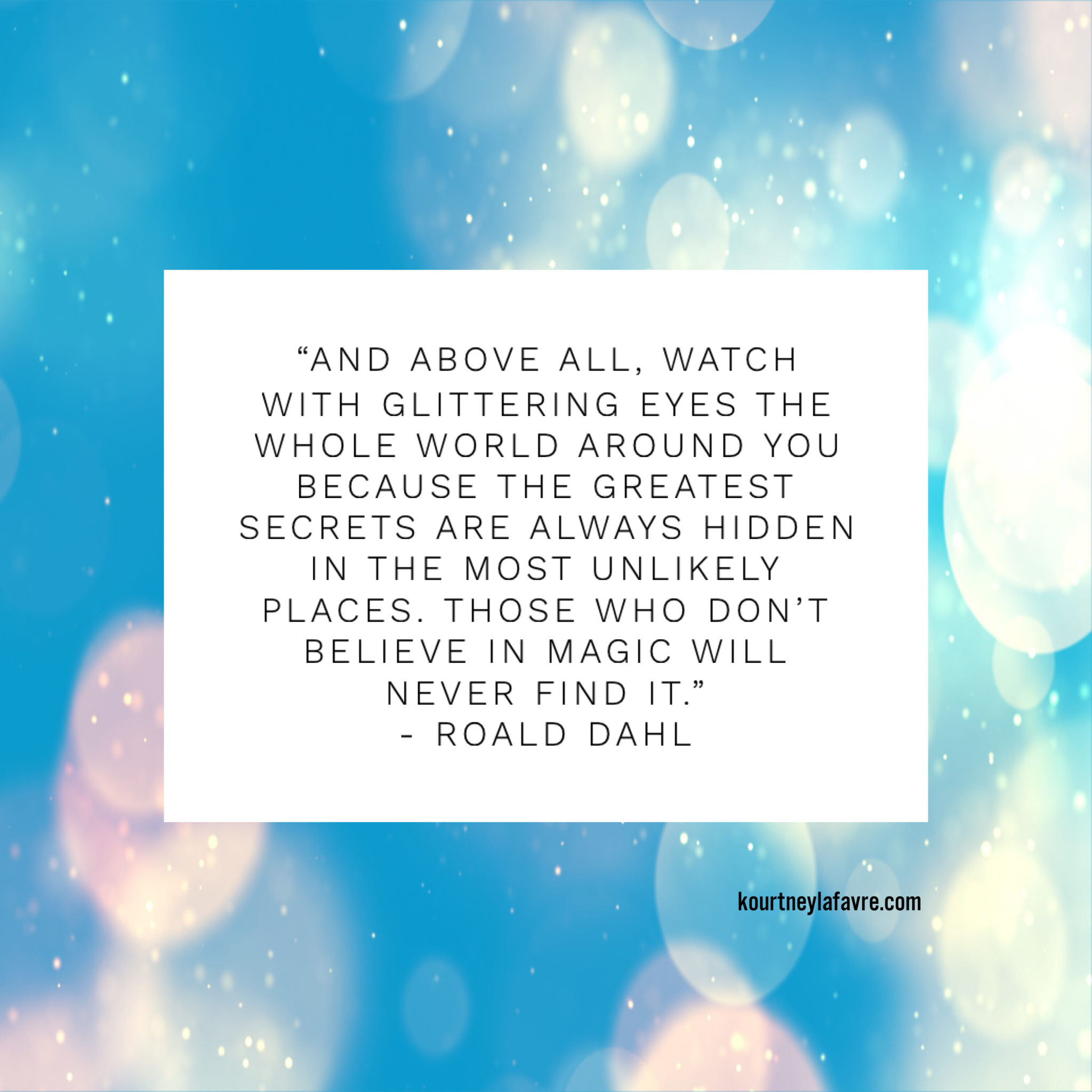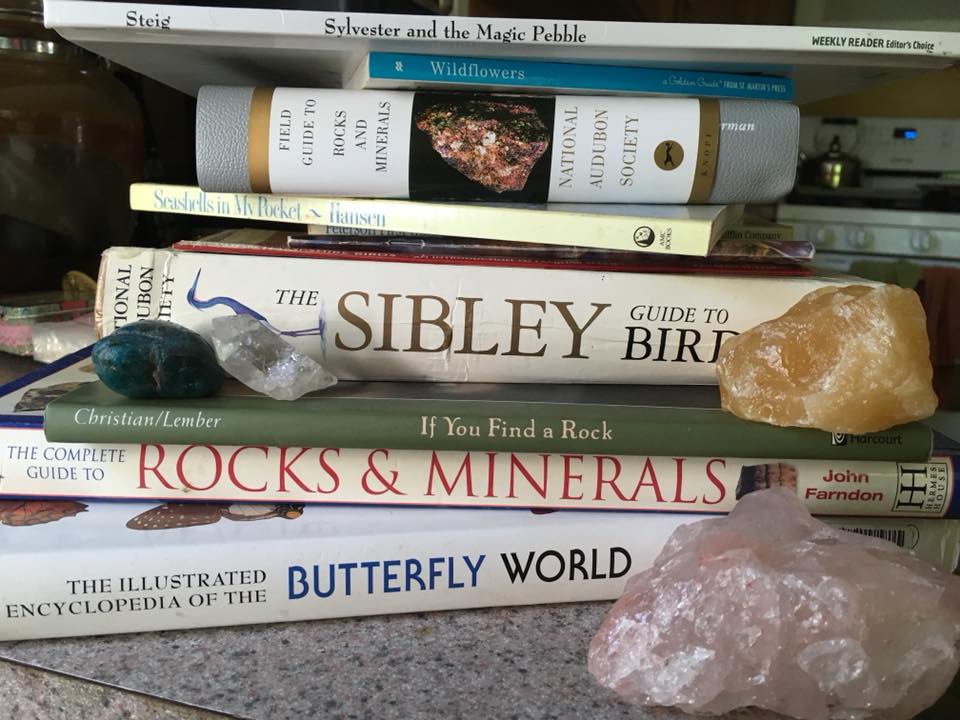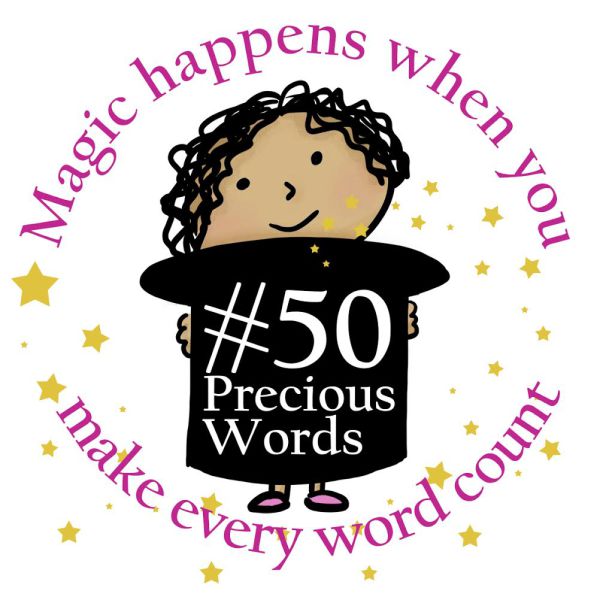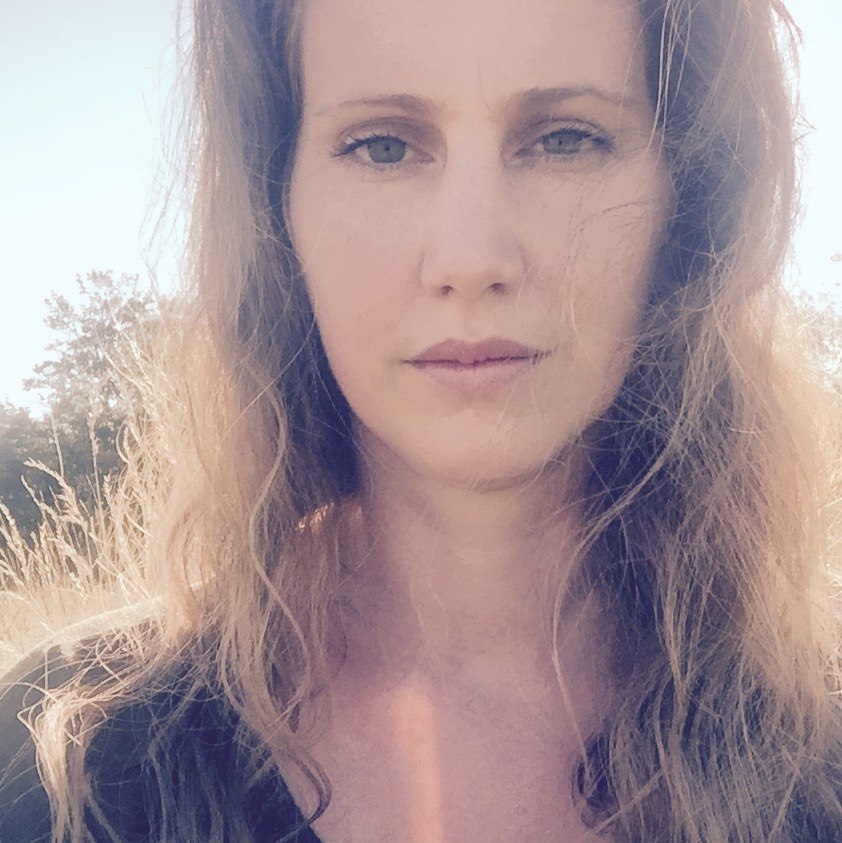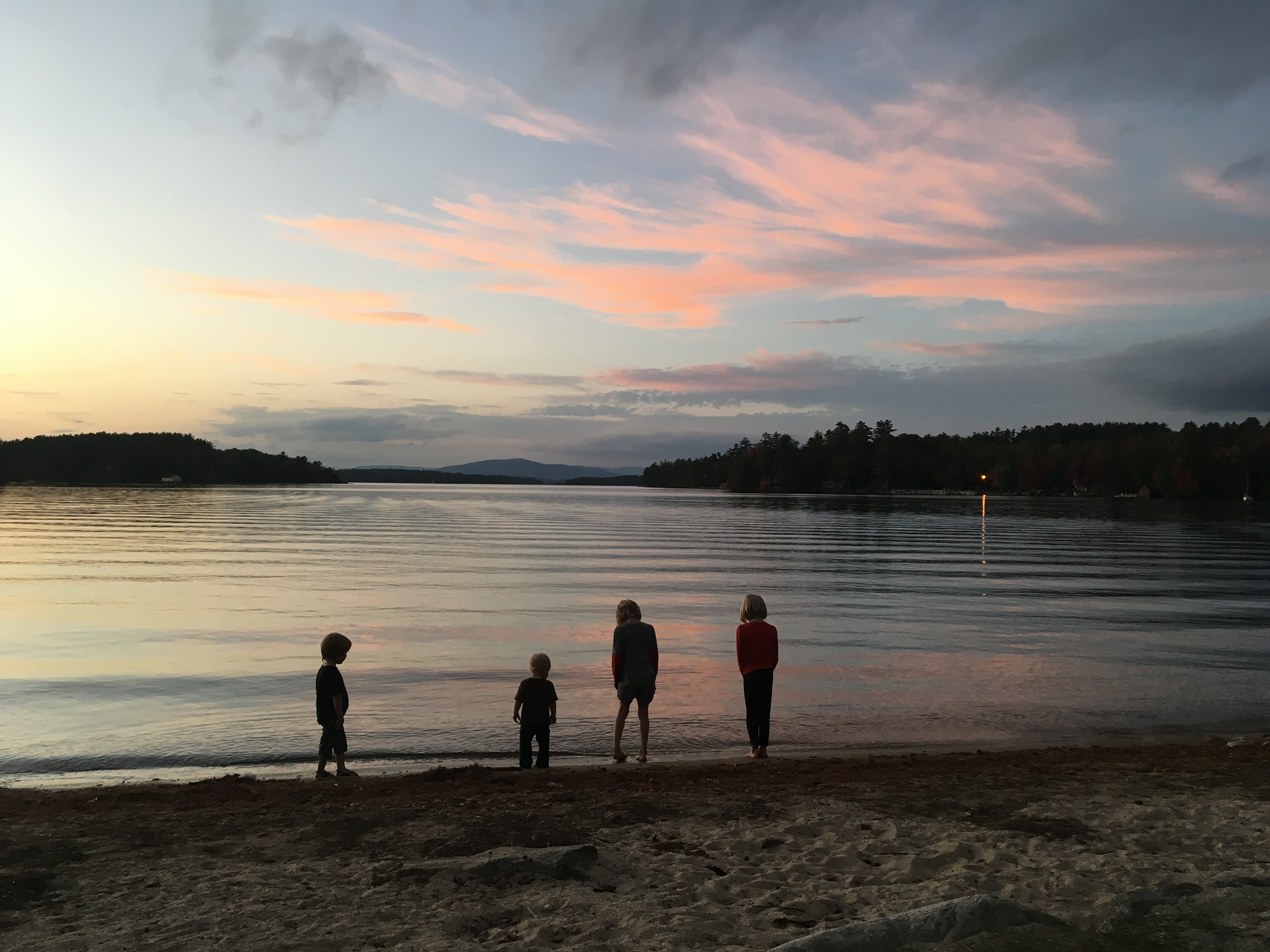Labels. They have a use in our world and are necessary for sharing information, such as food labels especially if you have an allergy. And they are necessary in the health insurance field, you have to have a doctor label you with a diagnosis if you want insurance to provide coverage. Once we start talking about people or groups of people it gets a little more complicated.
Labeling people is something I don’t like. I believe we should treat people with love and respect no matter what. I believe people should have access to what they need for their highest good and potential, regardless of identity, race, religious affiliations…. I also realize that in our world we need something a little more grounded than just “be kind” and “all lives matter.” There are people who are not nice and there are people who don’t value all lives. Many of our current systems that we have in place such as health care and compulsory schooling would collapse without labels. So what now? I don’t know a solution. We don’t live in a world where people can just be. And at the same time, if we continue using labels we continue the need for them.
I find myself using labels on my children to get other people to tap into some kindness and compassion. When my daughter was having difficulty being calm at the dentist, they didn’t want to continue with the filling procedure. They wanted to send her to another dentist to be put under to undergo the procedure. She was cooperating, but I think her intensity was making them uncomfortable. She wanted the dentist that she knew and trusted to do the filling. Once I explained to the dentist she has received the labels of ADHD, gifted, strong willed, and OCD they were willing to try again and be more patient with her. This makes me sad for her. Why can’t people just be a little more nicer, a little more empathetic, and more kind? And why does hearing a label allow them to tap into their compassion?
Let’s take this broad topic and bring it down to a narrower view and look at how the use of labels with children and learning. We tend to put labels on children since the moment they are born- good sleepers, fussy, social, etc. As they grow the labels continue- strong willed, sensitive, athletic, etc. These labels can be useful for the child to identify with and to connect with others who are “like them.” Labels can help people connect because of the particular characteristics that go with the labels. They can also give insight into how a person experiences the world. Insight can lead to empathy and compassion. Knowing that a child is Anxious helps others to understand why they may be having a difficult time in large groups of people. The problems arise when we allow a label to limit a child or to excuse bad behavior.
In standardized, compulsory schooling labels are necessary for children to receive what they need, especially when their needs are different than most. For example, when a child is not reading at a certain pace, he gets an evaluation where it is decided if there is a learning disorder interfering with his ability to read like the rest of his classmates. Once the child receives this label, teachers and other school staff develop an IEP, individualized education program. This IEP gives the staff and the school permission to make special accommodations and to also spend more money for this child to receive services such as time with a reading specialist. A label could be considered useful here to get the child what they need to learn to read, if it helps them learn. Sometimes the label may cause stress and anxiety for the child. It may turn the child away from reading if they are being forced into something they are not ready for. The child may assume that they are not a good reader and give up before they even had chance to be ready for it.
Labels give us preconceived notions about children. If you hear that a child is ADHD you are going to have some idea in your mind about that child before you’ve even meet them. You might be expecting them to be unruly and misbehave. You may think they are going to be loud and interrupt. You may get tense and frustrated at the first sign of them “acting up” because you are expecting them to become intense. Then the child senses your tenseness and it causes them to feel uncomfortable and insecure which can intensify their behaviors. So your assumptions become a self fulfilling prophecy. This is also why it so annoying to hear the question “What about socialization?” when someone finds out you are a “homeschooler.” People who don’t know anything about what homeschooling is or what it looks like, are assuming that you sit at home secluded from the world. Most homeschoolers do not identify with that way, so it’s frustrating to have those assumptions thrust upon you. (On a side note, as homeschoolers we know it should be of more concern for the socialization of children in classrooms segregated by age and location, cut off from the outside world.)
I think labels have to be something we are aware of. They can be useful, but it’s important not to put children in a box for that label. We should be treating children with respect no matter their backgrounds, needs, and strengths. Labels can be helpful to shed light on how a child experiences the world, and on the flip side labels can interfere with us truly seeing a child for who they are.
As a homeschooler (a broad label put on people who don’t go to school) I have felt confusion over what type of homeschooling family we are. I remember early in our journey feeling like we were “unschoolers.” So I joined an online community for unschoolers. Through conversations in this forum I was told you can’t be an unschooler if you use any type of workbook or curriculum. I didn’t agree. We have some curriculum in our house. I was a school teacher so we have many of my leftover workbooks and manipulatives. The workbooks are on shelves with other books and coloring books. The kids use them based their own interests and impulses. They are not corrected or scored, but are used more like a journal. My daughter at the age of three wanted to take a “Hooked on Phonics” kit home from the library. It was a box that had flash cards, lots of small books, 2 CDs, and workbooks. My daughter loved books so she had an interest in this box, so we took the box home. We played the CDs and she followed along in the books. It was something that she wanted to do. There was no forcing or coercion. She taught herself how to read in a few days. I stayed away from “unschooling” ideas because I thought they didn’t pertain to us, that we didn’t fit in that label. I was happy with what we were doing, my kids were happy and learning, so I just assumed unschooling wasn’t for us. If I had made the choice not to take home the “Hooked on Phonics” because it wasn’t allowed by a certain method, then my daughter would have missed out on a wonderful learning opportunity. Now that I have a better understanding of what unschooling is, I know that I was misinformed. Unschoolers can and do use workbooks and curriculum. I’m glad I didn’t confine us and our opportunities. This was just another lesson about being careful where and who you take advice from. And also a lesson in trusting myself and my children.
When it comes to choosing a life without school, you may feel the need to declare yourselves a certain type of homeschooler. Unschooler, world-schooler, classical, Waldorf, Montessori, eclectic, Charlotte-Mason, radical unschooler, project based… the list goes on. While it may be helpful to identify with a certain group, I caution against using that label to restrict you on your journey. I think time spent developing your manifesto is more worthwhile than trying to learn how do something in a specific way. Exploring the different approaches to homeschooling allows you take what would work for your children and families, but not stick to a prescribed method because you need to do it a certain way. Remember all children learn differently. Some may enjoy handwriting for example. They may like sitting down and copying letters and words, it’s almost meditative for them. Others will end up in tears when forced to write a certain way. There is no need to force a child to do something a certain way. Your children and your manifesto are your guides for this journey. Do not be overly concerned if what you are doing falls into a certain category, type, or label. It can keep you limited if you stay contained in a certain way. Use these labels as a means to explore, not as a decision maker.
Don’t feel like you have to make educational choices a certain way. Let your children guide you. That is a benefit to homeschooling- the freedom to make choices that benefit your children and family. Homeschooling is not limiting. There is no need to put restrictions on yourselves to be a certain type of homeschooler. Let your children guide you. Return to your manifesto as another source of guidance. You can build a whole curriculum using sticks and stones if you wanted to. Industry, advertising, and modern schooling convinces us that we need certain things to learn. There is no curriculum, manipulative, toy, app, or textbook that is necessary for learning. Just by being human we are designed to learn. If something benefits your family, do it. If your child has an interest, support it. If something becomes a struggle or is throwing your child out of balance, take a break. This is where your role is an observer, looking for cues from your children. I’m not suggesting to do away with labels. I am suggesting to use labels with an awareness that labels can have a negative aspect to them. Certainly seek out support and services that will help your child and family, just don’t let a label make you forget the human within that label. One of the best things we can do for our children is to make the world accessible to them. Be there to support them, answer questions, and remove barriers that may inhibit them from pursuing their passions and interests.

